Eat to Beat Disease: 7 Surprising Truths That Will Transform Your Health Today
Introduction
In an age riddled with chronic illnesses, deteriorating immune systems, and preventable health complications, Eat to Beat Disease by Dr. William Li comes as a revolutionary compass guiding readers towards hope and healing through food. The book is not merely about dietary rules or calorie counting — it is a scientifically grounded manifesto advocating the healing potential of what we consume daily. Dr. Li, a renowned physician and medical researcher, unfolds the concept that we can actively influence our well-being and longevity using food as medicine.
In this comprehensive review, we’ll walk through the core principles and strategies outlined in Eat to Beat Disease, demystify the science, and uncover the practical tools that empower you to reclaim control over your health.
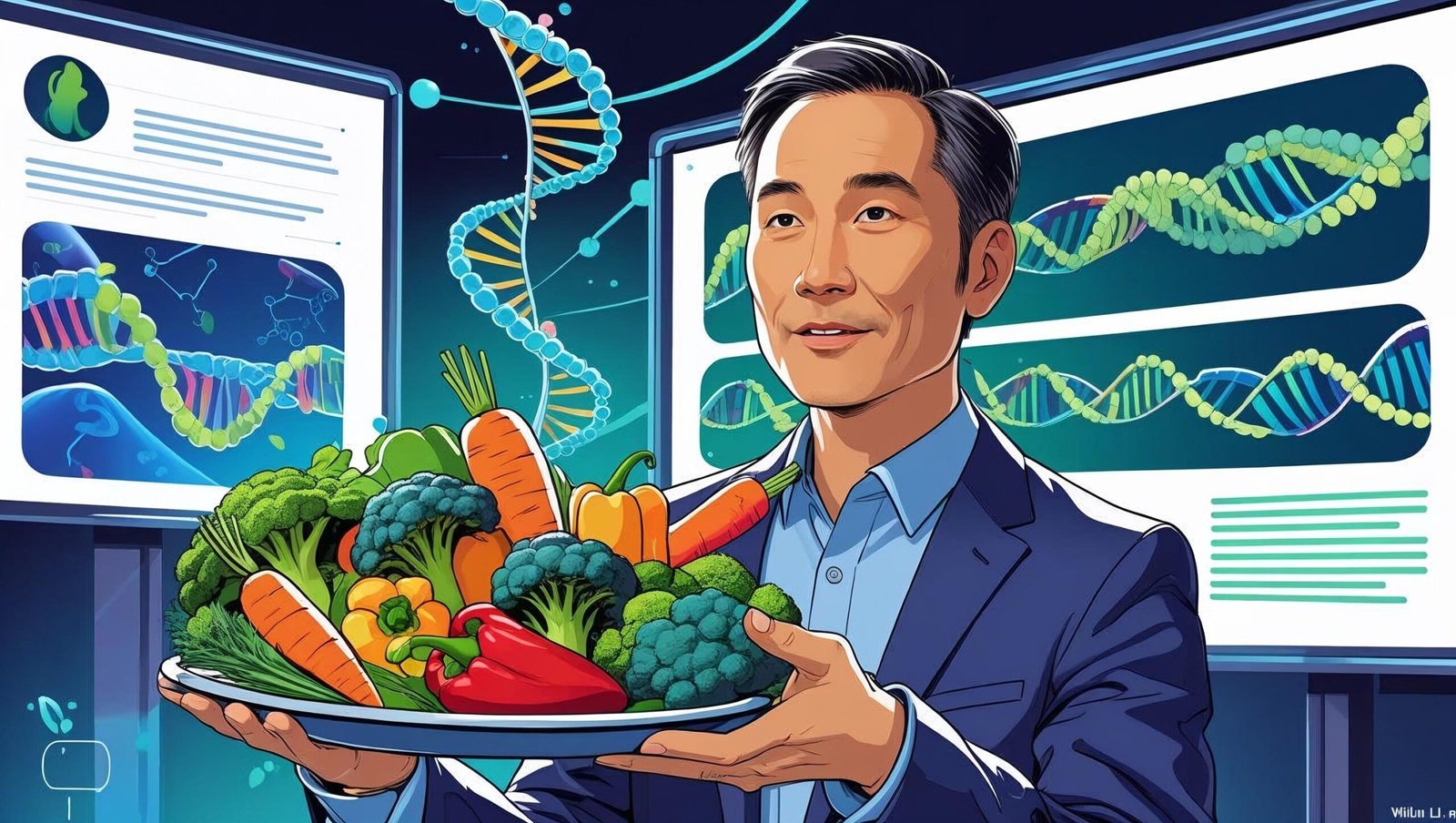
Who is Dr. William Li?
Dr. William Li is an internationally acclaimed physician, researcher, and speaker known for his pioneering work in vascular biology. He is the co-founder of the Angiogenesis Foundation and has delivered TED Talks that garnered millions of views. In Eat to Beat Disease, Dr. Li draws on decades of research to create a bridge between complex scientific findings and everyday practical nutrition.
The Central Premise of Eat to Beat Disease
The premise of Eat to Beat Disease rests on a powerful truth: we all have innate defense systems capable of resisting illness, and food can strengthen them. Dr. Li introduces five health defense systems:
-
Angiogenesis – The process of growing new blood vessels
-
Regeneration – Activating stem cells to repair and regenerate tissues
-
Microbiome – Supporting the community of healthy gut bacteria
-
DNA Protection – Defending cellular integrity against damage
-
Immunity – Boosting the body’s ability to fight invaders
Each of these systems can be enhanced or impaired based on the foods we consume. Eat to Beat Disease meticulously outlines which foods activate and support these internal healing systems.
The Science Behind the Strategy
Unlike diet fads or pseudoscientific wellness trends, Eat to Beat Disease is grounded in evidence-based medicine. Dr. Li reviews over 200 scientific studies and backs his claims with robust clinical data. He does not advocate for eliminating entire food groups but encourages inclusion of foods with proven bioactive compounds that support healing.
Foods That Activate Health Defense Systems:
-
Blueberries (Angiogenesis & DNA repair)
-
Broccoli Sprouts (Detoxification & stem cell activation)
-
Green Tea (Anti-inflammatory & DNA support)
-
Mushrooms (Immune regulation)
-
Dark Chocolate (Angiogenesis & antioxidant properties)
-
Extra Virgin Olive Oil (Microbiome balance & anti-inflammatory)
Dr. Li’s thesis is clear: when you eat to beat disease, you don’t need to fear food — you need to understand it.
Eat to Beat Disease and the Myth of Superfoods
In today’s media, the term “superfood” is often misunderstood. Eat to Beat Disease does not chase hype — instead, it distinguishes true superfoods based on scientific merit. What makes a food “super” in Dr. Li’s eyes is not a marketing label, but its biological impact on our internal systems.
By categorizing food through its interaction with health pathways, he liberates readers from restrictive eating and reframes meals as strategic investments in one’s longevity.
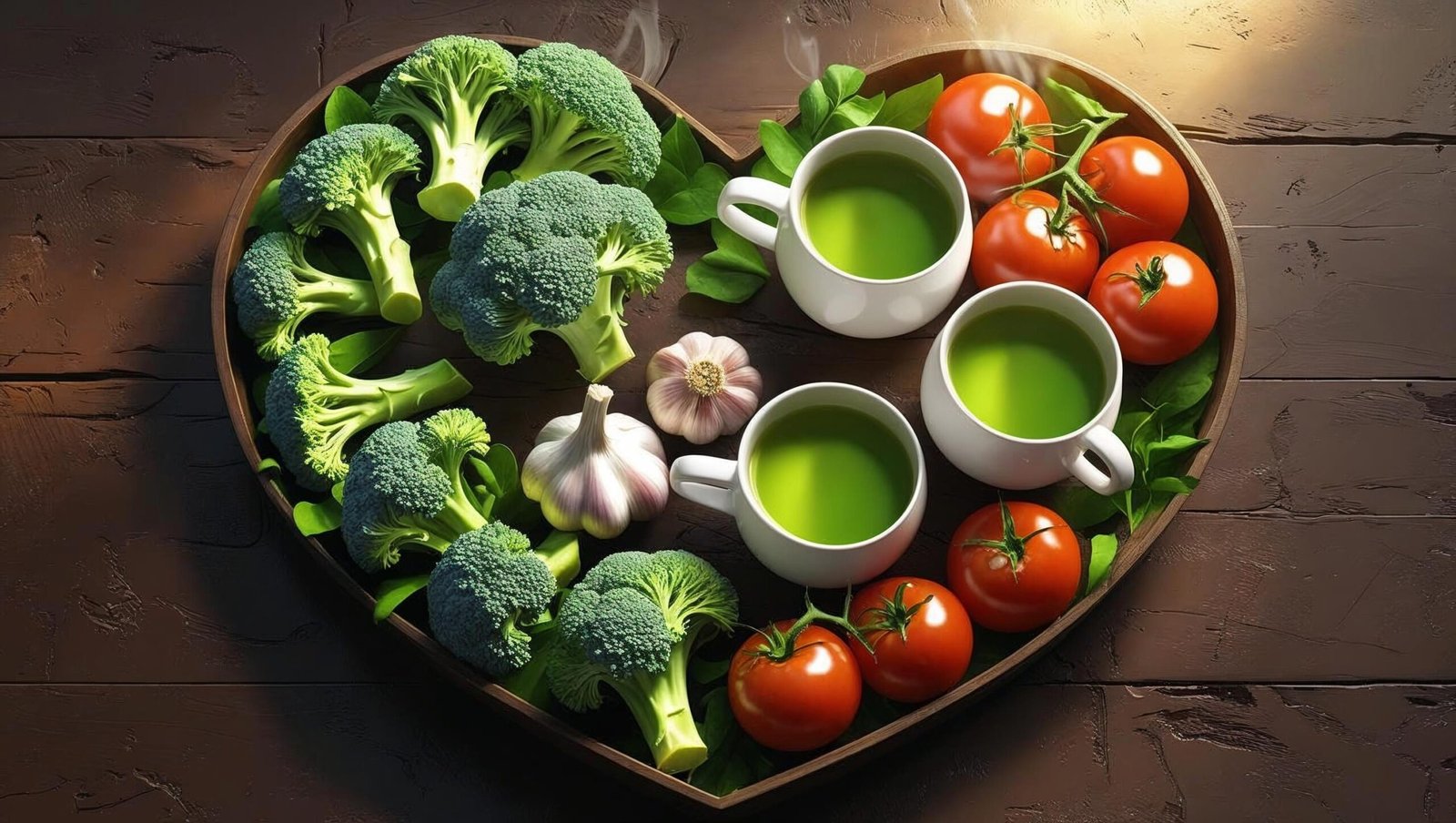
The Flexibility Factor
One of the most appealing features of Eat to Beat Disease is its flexibility. It’s not a rigid plan with forbidden items or harsh cleanses. Instead, Dr. Li encourages intuitive eating with a health-centric lens. He does not demonize meat or carbohydrates but emphasizes moderation, diversity, and balance.
This flexibility ensures sustainability. Whether you’re a vegetarian, keto enthusiast, or omnivore, you can tailor the principles of Eat to Beat Disease to your lifestyle without compromising taste or nutrition.
Case Studies That Inspire
Eat to Beat Disease doesn’t just preach — it persuades. The book features real-life stories of patients who reversed chronic conditions by integrating healing foods into their routines. From cancer remission to auto-immune recovery, the case studies demonstrate how evidence-based nutrition isn’t an abstract theory but a tangible tool in real-world healing.
These stories offer hope, showing that it’s never too late to eat to beat disease — that food can, in fact, be the first line of defense.
Critique and Considerations
While Eat to Beat Disease is thoroughly informative and scientifically credible, its scope may feel overwhelming to some casual readers. The inclusion of dense scientific terminology may require slower reading for beginners. Nevertheless, the author’s enthusiasm and clarity eventually make the science digestible.
Additionally, those expecting a step-by-step meal plan or daily recipes may find the book lacking in that regard. This book is more about knowledge and empowerment than daily regimens.
Top 7 Surprising Truths from Eat to Beat Disease
1. You Can Trigger Angiogenesis with Certain Spices
Turmeric, cinnamon, and ginger activate blood vessel growth and repair — a crucial mechanism in fighting cardiovascular disease.
2. Fasting is Not Always Required
Contrary to popular belief, you don’t have to fast to stimulate autophagy or regeneration — certain foods like pomegranates and green tea can induce similar effects.
3. Eating Mushrooms Daily Can Lower Cancer Risk
Portobello, maitake, and shiitake mushrooms stimulate immune responses that decrease tumor development.
4. Some Cheeses Are Good for Gut Health
Aged cheeses like gouda and Parmesan promote beneficial bacteria growth due to their vitamin K2 and probiotic content.
5. Dark Chocolate is Not a Guilty Pleasure
Pure dark chocolate enhances stem cell production and supports angiogenesis — just avoid sugar-laden variants.
6. Foods Can Turn On DNA Repair Genes
Blueberries and cruciferous vegetables activate DNA guardians, lowering mutation rates and oxidative damage.
7. Tea is a Microbiome Miracle
Green and black teas contain polyphenols that feed healthy gut microbes and combat inflammation.
The Broader Health Landscape and Why Food-Based Healing Matters
Modern medicine has undoubtedly achieved miraculous feats — eradicating once-fatal infections, performing organ transplants, and decoding the human genome. Yet, despite these advances, chronic illnesses such as obesity, cardiovascular disease, type 2 diabetes, autoimmune disorders, and even some forms of cancer continue to surge globally. These conditions are intricately linked to lifestyle choices, particularly nutrition.
For decades, the conventional approach to treating these conditions has revolved around reactive interventions: medications, surgeries, and symptom management. What has often been sidelined is a proactive paradigm — one that recognizes nourishment as both prevention and intervention. This book boldly challenges the passive acceptance of illness by advocating dietary strategies supported by hard science.
Unlike reactive healthcare models that treat symptoms once disease has already manifested, this book promotes the notion that the path to well-being begins far earlier — at the grocery store, in the kitchen, and on your plate.
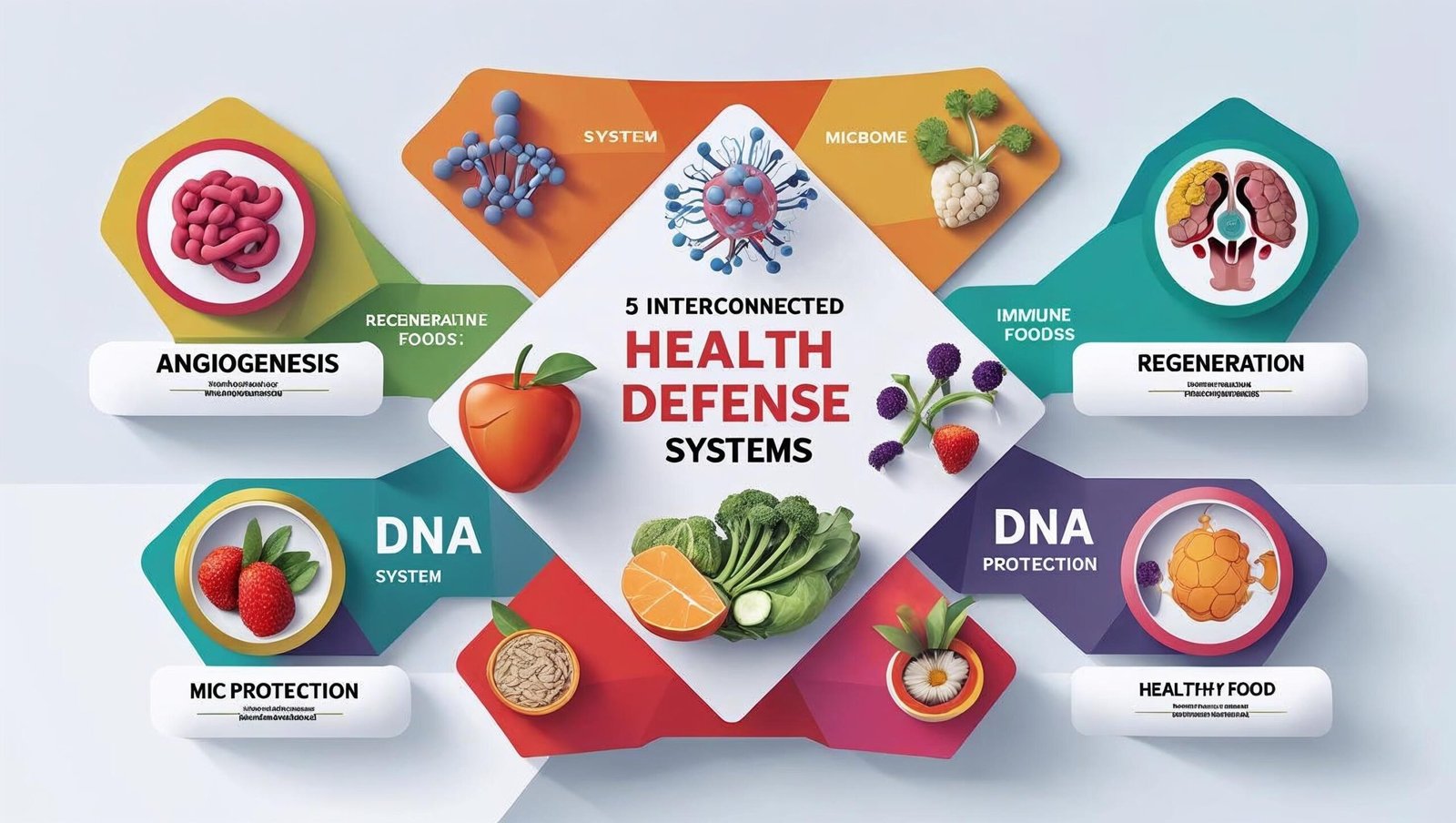
How This Book Differs from Traditional Wellness Guides
A notable distinction is its unflinching adherence to scientific integrity. There is no exaggeration, pseudoscience, or oversimplification. Every claim is backed by peer-reviewed data, and every recommendation is linked to a biological mechanism. It’s not a whimsical collection of food suggestions but a structured philosophy grounded in molecular biology and clinical trials.
Another distinguishing trait is inclusivity. Many popular dietary books promote dogma — rigid regimens like all-or-nothing veganism, extreme fasting, or total carb elimination. In contrast, this book honors biochemical individuality and flexibility. It empowers readers to make informed decisions based on their unique health context rather than imposing a one-size-fits-all protocol.
This is particularly liberating for individuals who have felt imprisoned by diet culture or overwhelmed by contradictory nutritional advice.
Understanding Food as Information, Not Just Fuel
A central tenet of the book is the idea that food communicates with the body on a cellular level. Nutrients are not passive fuel; they are active messengers that interact with genes, enzymes, and proteins. They can turn genes on or off, influence inflammation, and trigger repair mechanisms.
This perspective transforms our relationship with eating. Meals are no longer just caloric events or sources of pleasure — they are biochemical conversations that affect everything from energy metabolism to mental clarity and disease resistance.
This approach shifts the question from “How many calories is this?” to “What message is this sending to my cells?”
Interconnected Systems and Synergistic Effects
One of the most compelling concepts in the book is the idea that our body’s systems do not operate in isolation. The immune system, the gut microbiome, vascular networks, DNA repair pathways, and regenerative capacities are all interconnected. Foods that enhance one system often benefit others in a cascade of synergistic effects.
For example, consuming fermented foods doesn’t just nourish the gut. A healthy gut leads to a balanced immune system, better hormone regulation, improved mental health, and even cardiovascular protection. This multidimensional effect illustrates the power of an integrated approach.
The book helps readers see health not as compartmentalized organs or conditions but as an ecosystem where every input has ripple effects.
The Psychology of Eating: More Than Just Biology
While the book is rooted in hard science, it also touches upon the emotional and psychological dimensions of eating — an often overlooked component in traditional nutritional literature. Emotional eating, cultural habits, stress responses, and reward pathways all influence dietary choices.
Understanding why people eat — and not just what they eat — is crucial to implementing sustainable habits. Food is tied to identity, celebration, coping mechanisms, and memory. Recognizing this helps readers replace judgment with curiosity and eventually make more conscious, intentional choices.
This humane approach respects the complexity of behavior change. It doesn’t just hand you a list of “good” and “bad” foods; it invites you to develop a deeper awareness of your motivations.
A Tool for Longevity and Vitality, Not Just Disease Reversal
While the book highlights how nutrition can prevent or reverse illness, it equally champions the pursuit of longevity and peak vitality. The goal isn’t simply to live longer, but to live better. That means more energy, sharper cognition, emotional resilience, and a robust immune system well into advanced age.
In many cultures, especially the so-called “Blue Zones,” this kind of vibrant aging is the norm. Their dietary habits — rich in plant-based compounds, low in processed foods, and high in variety — align remarkably well with the recommendations in this book. This global resonance adds cultural validation to the science presented.
The result is a roadmap not just for escaping disease, but for optimizing the human experience.
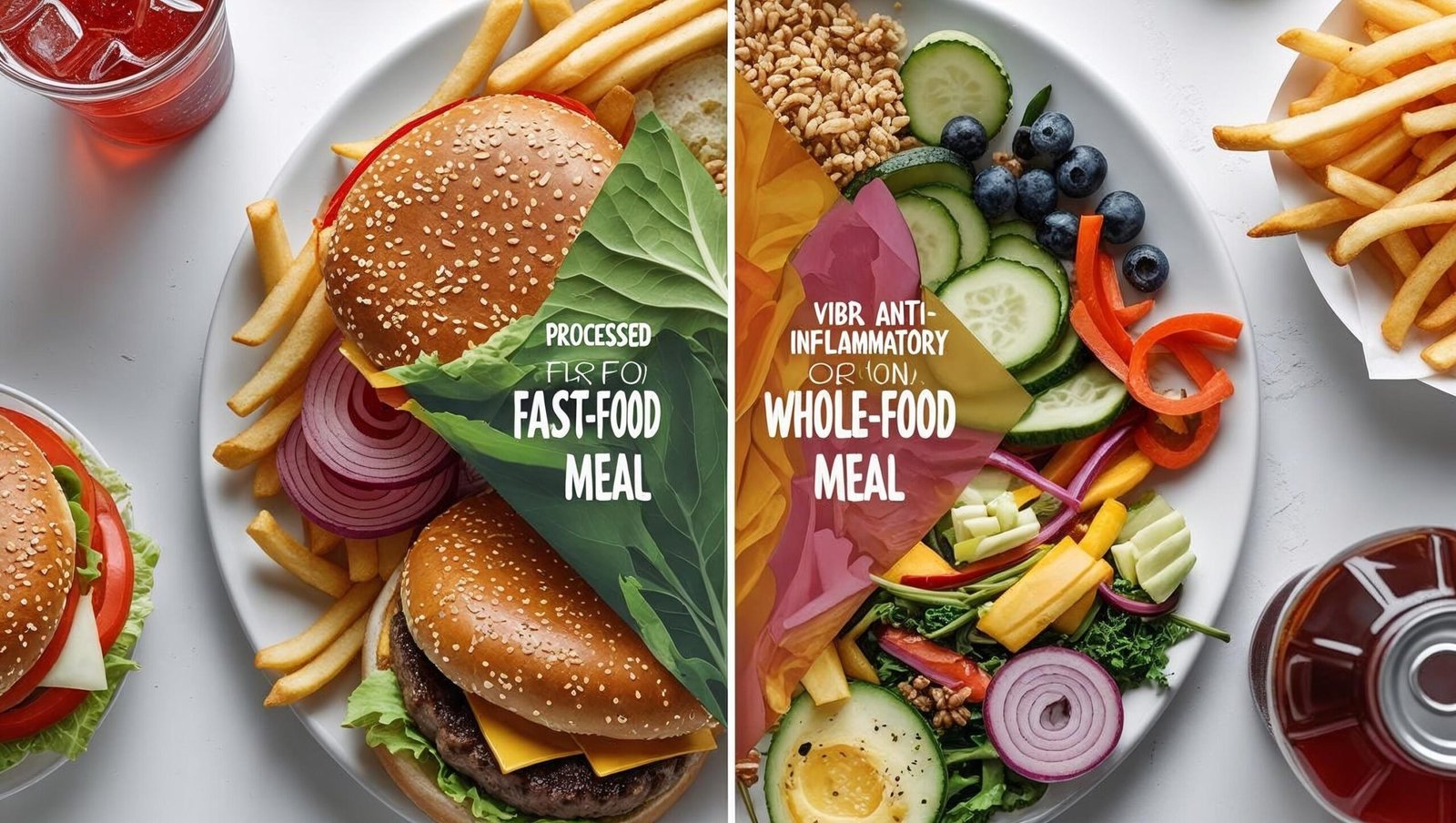
Culinary Freedom and the Joy of Eating Well
One of the more empowering messages is the freedom to enjoy food without guilt or anxiety. This is not a restrictive guide but a liberating one. Instead of creating fear around eating, it fosters joy through knowledge. Understanding the health benefits of certain ingredients actually enhances the appreciation of meals.
Imagine savoring a square of dark chocolate or a bowl of wild berries not with shame, but with the knowledge that you’re supporting your vascular health or DNA stability. This shift transforms mealtime from a moral dilemma into a mindful celebration.
This reframing is vital in a world where eating is often associated with shame, confusion, or indulgence. The book reclaims pleasure in eating while aligning it with purpose.
Comparative Insights: How It Stacks Against Other Wellness Books
It’s important to acknowledge that this book enters a crowded space. Dozens of wellness and nutrition titles flood bookstores every year. What sets this one apart is its medical legitimacy, global scope, and scientific precision. Compared to more anecdotal works or trend-driven titles, it feels like a breath of credibility.
For instance, some authors tout turmeric or green tea without explaining the bioactive compounds, dosages, or mechanisms involved. This author breaks it down at the molecular level — explaining how EGCG in tea modulates immunity or how sulforaphane in broccoli affects stem cell activity.
It is both accessible to laypersons and enriching to healthcare professionals. That duality is rare.
Integrating the Teachings Into Daily Life
The transition from awareness to action can be challenging. The author acknowledges this and provides several bridges to implementation. He encourages readers to begin with small, manageable steps — replacing processed snacks with nuts or berries, starting the day with brewed tea, or adding leafy greens to one meal a day.
He also stresses the importance of diversity. Eating the same few “healthy” items repeatedly misses the point. A wider variety of whole foods ensures a spectrum of phytonutrients and microbiome stimulation.
One powerful takeaway is the “adding in” mindset. Instead of obsessing over removing junk food, focus on crowding it out by adding in beneficial options. This naturally shifts habits over time without creating deprivation or rebellion.
Societal Implications and Food Policy
Beyond individual health, the ideas in this book raise important questions about public health, food systems, and policy. If certain ingredients possess healing properties, why aren’t they more integrated into hospital meals, school lunches, or food subsidies?
The food industry often prioritizes shelf-life, taste engineering, and profit margins over nutritional quality. This disconnect between science and food manufacturing contributes to the global burden of disease.
There is a pressing need for policy reform, nutritional education in schools, and public awareness campaigns that align with the principles outlined in the book. Change at scale requires collaboration between science, education, governance, and the food industry.
Final Reflection
Ultimately, this work is a compelling invitation — not just to shift what’s on your plate but to reimagine what food truly is. It is a toolkit for those disillusioned by diet culture, frustrated by chronic illness, or simply curious about living better.
The path forward, as described in these pages, is not one of restriction, but of expansion — an expansion of knowledge, vitality, freedom, and hope.
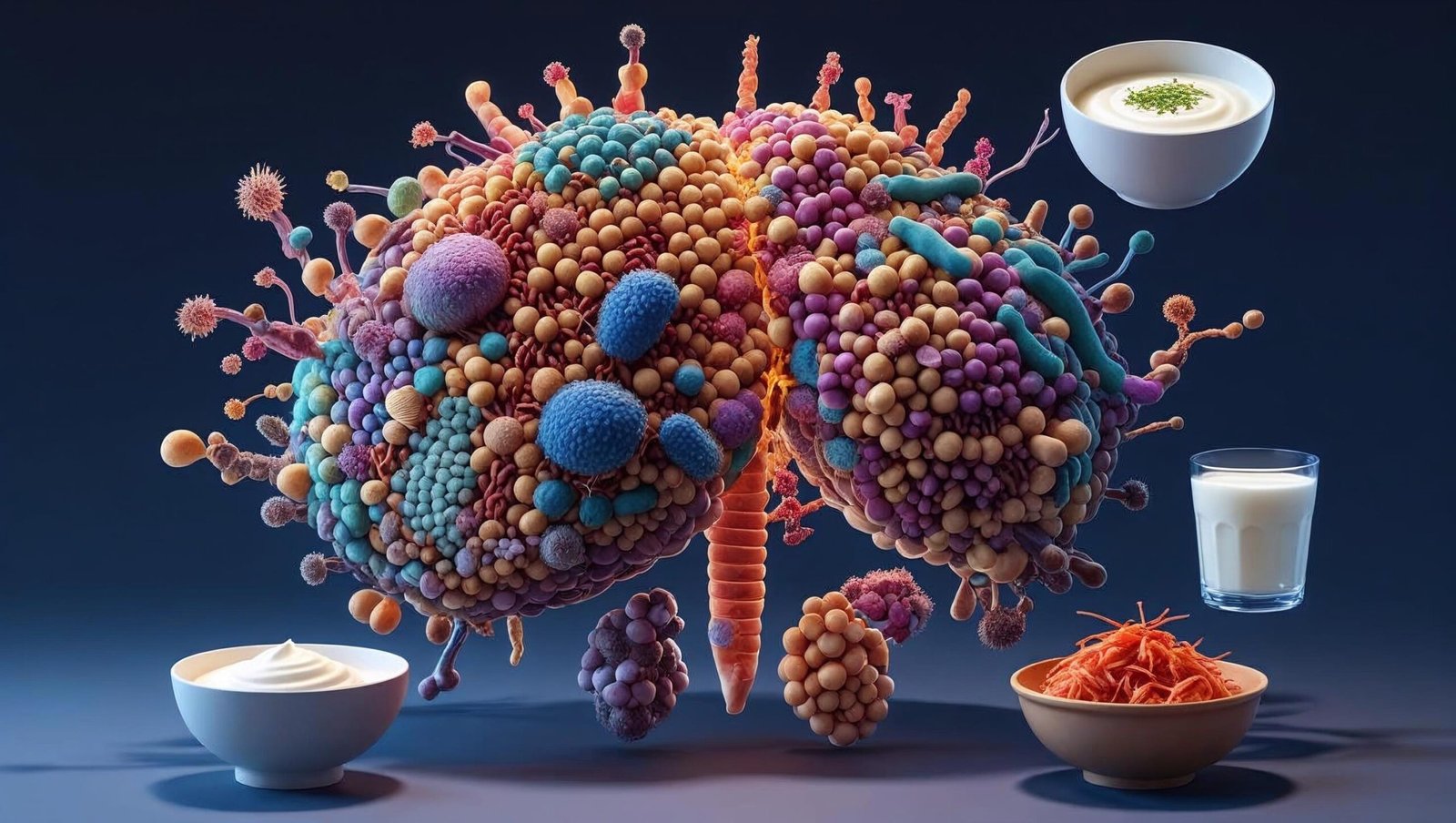
How to Start Applying Eat to Beat Disease Today
-
Begin with Small Swaps: Replace sugary beverages with green tea.
-
Add, Don’t Subtract: Introduce foods like walnuts, berries, or fermented veggies.
-
Diversity is Key: Rotate your greens and spices weekly.
-
Shop Smart: Focus on whole, fresh produce rather than processed “health foods.”
-
Stay Informed: Revisit chapters of Eat to Beat Disease to reinforce your learning.
Consistency beats perfection. You don’t need to revolutionize your kitchen overnight. Each bite counts.
FAQs about Eat to Beat Disease
Q1: Is Eat to Beat Disease a diet plan?
No. Eat to Beat Disease is a scientific guide that emphasizes principles over restrictive dieting. It promotes healing through intelligent food choices, not rigid meal plans.
Q2: Is Eat to Beat Disease suitable for diabetics?
Yes. The book recommends low-glycemic, anti-inflammatory foods that help manage blood sugar naturally. Always consult your physician before making dietary changes.
Q3: Are all the foods in Eat to Beat Disease expensive or hard to find?
No. Dr. Li emphasizes commonly available foods like tomatoes, garlic, green tea, and mushrooms — accessible to most people worldwide.
Q4: Can Eat to Beat Disease help with weight loss?
Indirectly, yes. By reducing inflammation, improving metabolism, and supporting gut health, many readers report weight normalization as a side benefit.
Q5: How long does it take to see results?
Some biological benefits — like improved microbiome diversity — begin within days of applying the Eat to Beat Disease approach. Long-term results depend on consistency.
Conclusion
Eat to Beat Disease by Dr. William Li is not just another book about food; it is a medical revelation that challenges us to see every bite as a catalyst for healing. Dr. Li empowers readers with the knowledge that their health is not solely determined by genetics or prescription drugs — but by the daily choices they make at the dinner table.
In a world flooded with misinformation, Eat to Beat Disease stands tall with clarity, compassion, and science. If you are ready to take control of your health in a way that is sustainable, intelligent, and empowering, this book is your blueprint.
Embrace the message. Equip yourself with knowledge. And most importantly, choose to eat to beat disease.
Your Health, Your Choice — Every Meal Matters.
For more life-transforming book reviews on science, health, psychology, and self-mastery, visit shubhanshuinsights.com.
Powerful Reader Comments to Encourage Engagement
🌱 Aishwarya B.
“This review made me rethink my entire relationship with food. Thanks for breaking it down so clearly!”
🧠 Rajeev K.
“I had ignored mushrooms my whole life until I read this — now they’re a staple. Incredible insight!”
💬 Sneha D.
“The way you’ve simplified angiogenesis blew my mind. Going to pick up the book today!”
🍽️ Amit C.
“Eat to Beat Disease gave me a roadmap to better health. This blog summarized it perfectly.”
📘 Priya T.
“Science-backed and easy to digest — this review was more useful than most health influencers!”